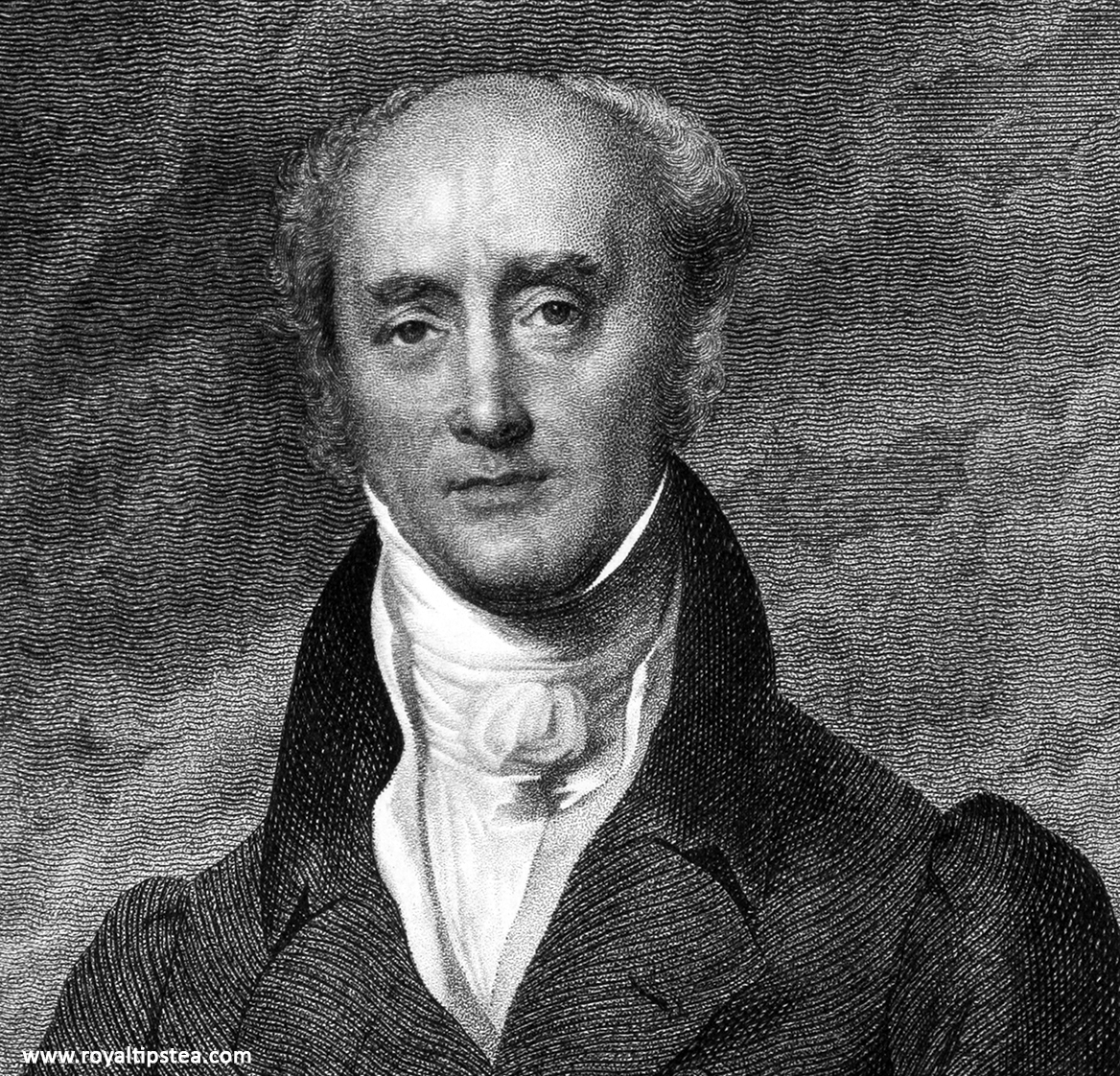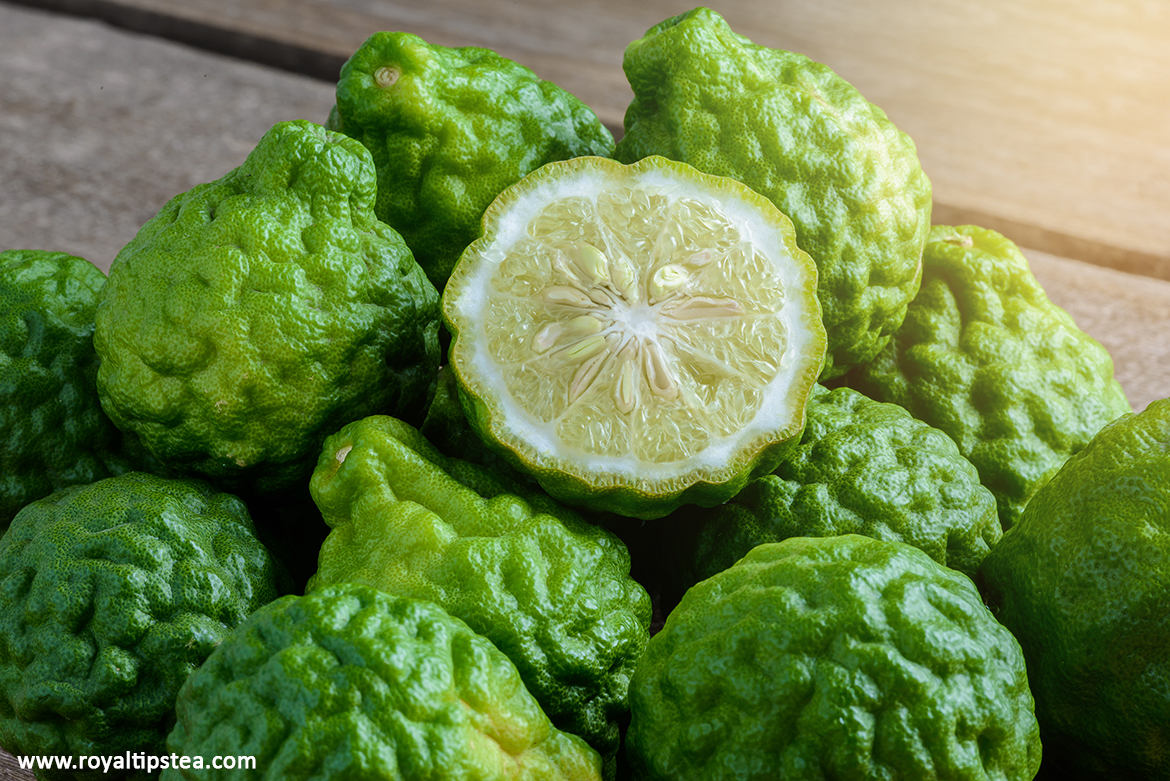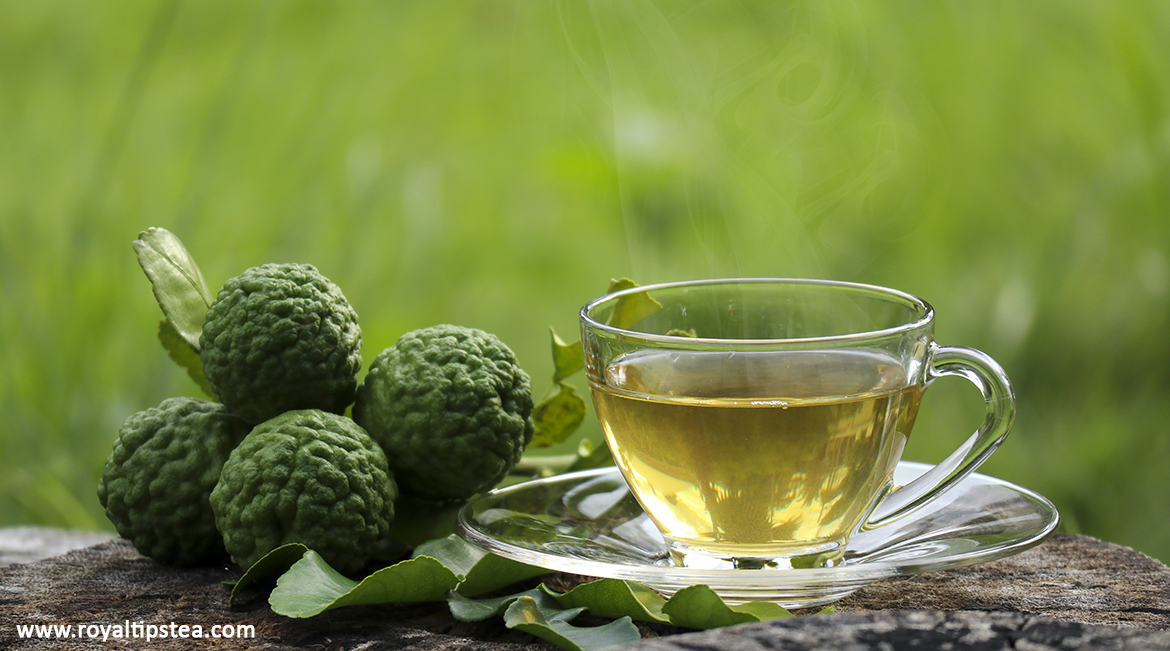The post The Story of Earl Grey, Bergamot Flavoured Tea first appeared on Blog Royal Tips.
]]>Earl Grey Tea Legends
There are many different stories about the origin of the blend but it is doubtful that any of them are true. Some say that Earl Grey himself travelled to China where he was presented with a recipe for black tea scented with bergamot by an important Chinese official; or perhaps by a Chinese tea master.
Other versions of the legend say it was a group of British diplomats who travelled to China and were given the recipe for the Earl after one of the diplomats had rescued an important official from drowning, or perhaps it was the official’s son.
Whether these tales have any truth in them is something we shall almost certainly never know, but it is commonly believed that the tea was named after Charles Grey, 2nd Earl Grey, who served as British Prime Minister from 1830 to 1834 and is said to have been given, at some point, a blend of black China tea flavoured with bergamot, a citrus fruit that is thought to be a hybrid of sweet lime and bitter orange.

Bergamot is today cultivated in southern Calabria in Italy, in South America, Morocca, Tunisia and Turkey, and came originally from such countries as Vietnam, Myanmar, Laos, Cambodia, Malaysia, and Indonesia in South East Asia, but not from China. So it is unlikely that a Chinese tea master would have used it in a tea blend or that any recipe coming out of China would have included it.
Directors of the East India Company, a modern retail business that uses the old name of the famous British trading company from the 17th, 18th and 19th century, claim that their Earl Grey follows the original recipe. They claim that the tea was first written about in the 19th century by George Staunton a botanist who worked for the East India Company and claimed to have seen tea being scented with neroli (bitter orange blossom).
Back in Britain, neroli was not available at that time, and so the East India Company claim that bergamot was used instead to replicate the aromatic notes of the orange blossom. The Staunton Earl Grey (names after George Staunton) sold by the East India Company today, includes both neroli and bergamot in the recipe.

The first evidence of sales of a bergamot-scented black tea blend in Britain dates back to 1824, six years before Earl Grey became Prime Minister. In 1836, Jacksons of Piccadilly, who claim to have the original recipe, introduced it “to meet the wishes of a former Earl Grey”, so perhaps Charles wasn’t involved at all and it was his father’s name that was used.
In the 1850s, a ‘Grey’s Tea’ was advertised by Charlton & Sons of St James’s London. The Grey family, Charles Grey’s descendants, have more recently suggested that black tea was blended with citrus bergamot to suit the very hard water at Howick Hall in Northumberland, the family’s ancestral home, and the water in London, where Charles Grey obviously spent a lot of time since he was involved in national politics. The rationale behind the use of bergamot would have been based on the fact that a few drops of juice from a citrus fruit stops hard water (containing high levels of limescale) from becoming cloudy, and also prevents a scum from developing on the surface of the tea.

Varieties and Ingredients
Since the days of those early recipes, Earl Grey blends created by different companies today use Ceylon, South Indian or China black teas as the base, and even sometimes choose green, white or oolong teas. The flavouring ingredients always include natural or artificial bergamot oil, and sometimes also add other citrus fruits such as orange, lemon, clementine, mandarin or lime, and other visually attractive ingredients such as cornflower blossoms, sunflower petals, or pieces of dried citrus peel.
Different companies will continue to invent new recipes for this famous tea but two elements will no doubt remain constant. Bergamot will always be included in the list of ingredients and tea drinkers will continue to discuss the origins and history of the blend.
The post The Story of Earl Grey, Bergamot Flavoured Tea first appeared on Blog Royal Tips.
]]>The post What is English Breakfast Tea first appeared on Blog Royal Tips.
]]>History and Origins of the Classic Black Tea Blend
The history of this famous blend is not clear. Some people say it was invented in the US when British tea merchant Richard Davies settled in New York in the 1840s and created a blend called English Breakfast that replicated the tea that everyone had been drinking back in England. Apparently, it was immediately successful and gained popularity across America.
Others say that the blend was invented in Scotland and named simply ‘Breakfast Tea’ and, when it found favour with Queen Victoria, it became extremely popular. But, whatever the facts about its origin, it is certainly true that the British started drinking more and more black tea in the 19th century once Britain had started producing its own tea in India in the 1830s and in Ceylon (now Sri Lanka) in the 1870s.
Before the first tea gardens in Assam were developed by the East India Company in the mid 1830s, the British imported and drank both green and black teas from China. Tea was an expensive product and became fashionable only amongst the very wealthy.
As it became more popular through the 18th century, more and more upper class people gave up the alcoholic beverages that had previously been served at the start the day and began drinking tea (and coffee) at breakfast. Later in the century, even poorer people started their day with tea, which they drank with simple bread or toast and butter.
Then, during the 19th century, Indian and Ceylon teas were imported at a much cheaper price from British tea gardens and so more and more people could afford to drink tea every day.
Ingredients of English Breakfast Tea
Tea merchants began to blend the new British teas, sometimes with teas from China, and created recipes with plenty of strength, brightness and flavour that British tea drinkers seemed to enjoy first thing in the morning to wake up their taste buds.
In the 1870s, black Keemun teas were first made in China’s Anhui province and became popular in both the UK and the US. In Britain some tea merchants added some of this lovely nutty, sweet, mellow tea to their breakfast blends. Keemun also became very popular in the US as the base for breakfast teas. When Kenya started producing black teas in the 1930s, large leaf Kenyan teas also became a valuable ingredient of breakfast blends.
CTC manufacture was introduced in the 1930s to manufacture small particle teas to meet a growing demand for fast-brewing paper teabags, and tea companies began to add teabag breakfast blends to their range. The typical mixtures consisted of Assam CTC teas for their sweet malty smoothness, Ceylon broken leaf teas for their bright golden character, and Kenya or other East African CTC teas for their powerful strength and rich colour.
Today, cheaper English Breakfast teas are often blended for price rather than taste and may contain poor quality teas from up to 30 different origins, including India, Africa, Indonesia, Malaysia, and Vietnam. But most speciality tea companies still sell excellent-quality, large-leaf English Breakfast blends that consist of ‘orthodox’ teas from the best tea estates in Assam, Ceylon and Kenya. Blends should have a clear bright coppery or rich amber colour, and a warm, smooth, malty taste that is strong enough to take a little milk if preferred.
The post What is English Breakfast Tea first appeared on Blog Royal Tips.
]]>